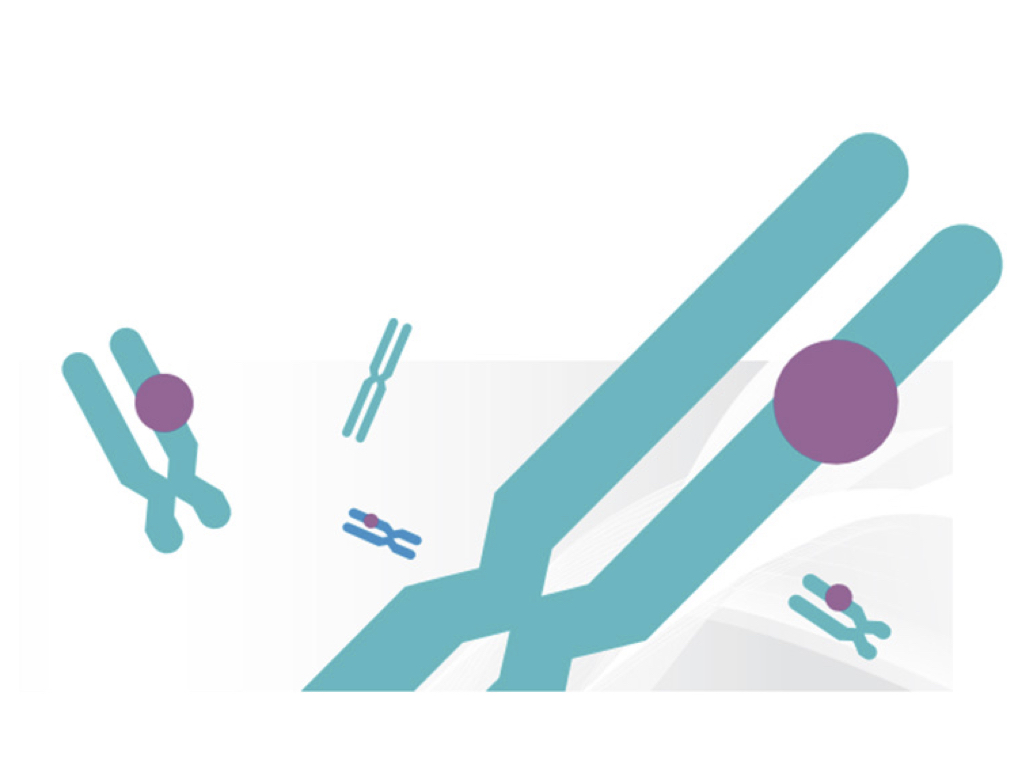“Karyotyping is a technique based on cell culture; employed to detect chromosomal alterations but can’t detect variations at the DNA level.”
Karyotyping is a very traditional, manual and primitive technique, employed in recent times too for the detection of various genetic anomalies. Genetic problems/diseases or anomalies are arisen due to mutations/alterations or variations in either chromosomes or DNA.
DNA is a biomolecule of life located on chromosomes. By interacting with the special type of nuclear protein it gives structure to chromosomes.
The technique karyotyping is commonly employed to detect various chromosomal anomalies or abnormalities. Mutations or alterations at the chromosomal level can cause serious health issues like mental retardation, loss of cognitive skills leukemia and other problems.
Common chromosomal abnormalities are Down syndrome (Trisomy 21), Patau syndrome (Trisomy 13), Edward’s syndrome (Trisomy 18 ), Philadelphia chromosome (translocation), Leukemia and various other types of cancers.
However, karyotyping can’t encounter abnormalities associated with the DNA. In the present piece of content, we will discuss the limitations of the karyotyping technique.
Read more:
Limitations of karyotyping- what can’t be detected?
The technique completes in three steps: cell culture, banding and microscopy.
We have covered articles on the present topic, you can read it here:
The technique can’t detect three major clinical indications:
- Subtle or complex chromosomal alterations
- Gene mutations
- Alterations at DNA level
Subtle or complex chromosomal alterations
The technique karyotyping highly relies on the quality of GTG banding and therefore poor quality G bands make it difficult or even impossible to encounter complex chromosomal alterations like those are involved in carcinoma.
Smaller polymorphism of a few hundred basepairs can’t be encountered as well.
Can’t detect gene mutations:
Genes are the functional piece of the genome or DNA that makes proteins. Genes are of either a few hundred basepairs or thousands of base pairs. Some genes are even longer than that.
But karyotyping technique can’t encounter polymorphism at the gene level. Gene various are too tiny or smaller and can’t be seen through microscopy.
The G bands color whole heterochromatin and euchromatin regions but can’t stain individual genes and therefore gene various can’t be detected. Gene mutations enlisted below can’t be assessed using karyotyping,
- Cystic fibrosis
- Huntington’s disease
- Thalassemia
- Sickle cell anemia
- MTHFR gene mutations
Can’t detect alterations at the DNA level:
DNA is either coding sequences or non-coding junk! The coding portions are genes while the non-coding portion is supportive sequences that help in regulations of gene expression.
Some variations in non-coding or coding DNA can cause serious health problems. Chance in a single base, change in methylation or epigenetic factors or other associated polymorphism can’t be seen using the karyotyping.
And therefore abnormalities like change in gene expression can’t be detected using the present technique.
Maternal cell contamination can’t be detected:
Detecting maternal cell contamination from the prenatal sample is very essential without that the sample can’t be processed. The karyotyping technique can’t distinguish whether the sample has a chromosome of the mother or fetus.
And therefore, even though the prenatal sample is sent to evaluate chromosomal abnormalities, it is processed first for detecting maternal cell contamination by other genetic techniques.
Unknown alterations can’t be reported:
The karyotyping technique can only detect known variations and henceforth any new alterations (only chromosomal) even though it can observe, can’t be linked with the disease condition.
Other limitations:
Other limitations of the karyotyping technique are G bands resolution. Performing karyotyping from a blood sample gives good resolution G bands and results as well, But the same can’t be replicated on samples like amniotic fluids, chorionic villi or other tissue types.
Therefore it is very difficult to even identify common karyotyping abnormalities due to limited band resolution or the bad resolution of G bands.
The entire karyotyping procedure is manual and performed in 3 days from cell culture to G banding. It’s prone to the contamination that causes error or failure in results.
Replicating results from various cultures or sample types from the same patient is also very difficult.
In addition to this some common limitations are;
- Limited G bands resolution
- Chromosomal translocations can’t be accurately encountered.
- The technique is lengthy, time-consuming and costly.
However, above a large number of limitations, the technique is common practice in prenatal diagnosis for the identification of common chromosomal alterations. It is also commonly practiced to indicate various carcinogenic conditions arisen due to chromosomal anomalies.
Conclusion:
To overcome the problems of karyotyping other cytogenetic techniques like FISH and Microarray are available but are so costly and therefore are not used routinely. Although those techniques can’t encounter alterations at the DNA level.


